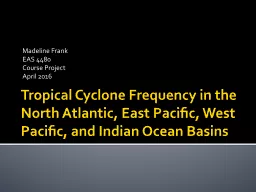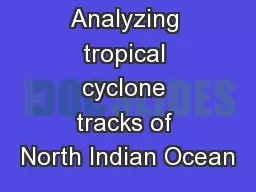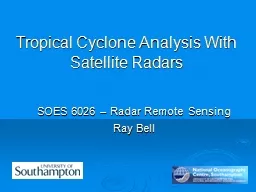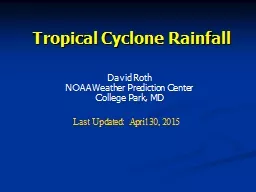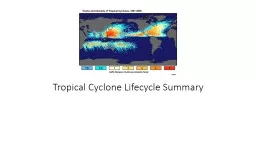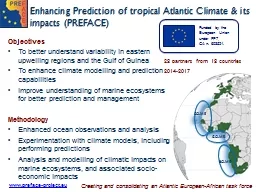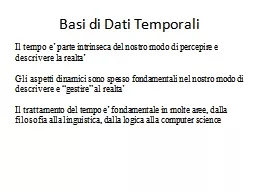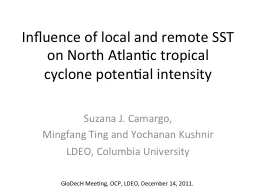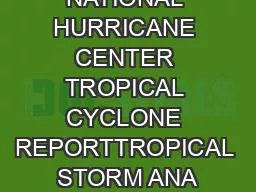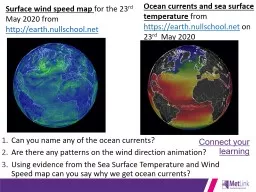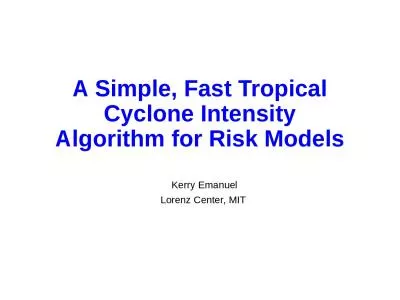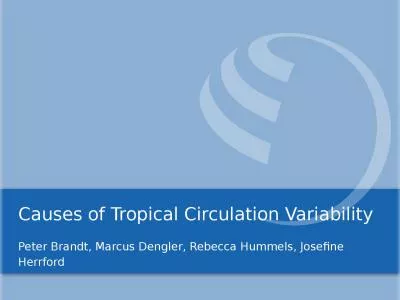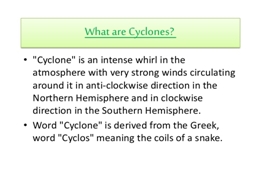PPT-Tropical Cyclone Frequency in the North Atlantic, East Pacific, West Pacific, and Indian
Author : briana-ranney | Published Date : 2018-03-21
Madeline Frank EAS 4480 Course Project April 2016 Goals 4 Ocean Basins North Atlantic East Pacific West Pacific Indian Determine the relationship if any between
Presentation Embed Code
Download Presentation
Download Presentation The PPT/PDF document "Tropical Cyclone Frequency in the North ..." is the property of its rightful owner. Permission is granted to download and print the materials on this website for personal, non-commercial use only, and to display it on your personal computer provided you do not modify the materials and that you retain all copyright notices contained in the materials. By downloading content from our website, you accept the terms of this agreement.
Tropical Cyclone Frequency in the North Atlantic, East Pacific, West Pacific, and Indian: Transcript
Download Rules Of Document
"Tropical Cyclone Frequency in the North Atlantic, East Pacific, West Pacific, and Indian"The content belongs to its owner. You may download and print it for personal use, without modification, and keep all copyright notices. By downloading, you agree to these terms.
Related Documents

